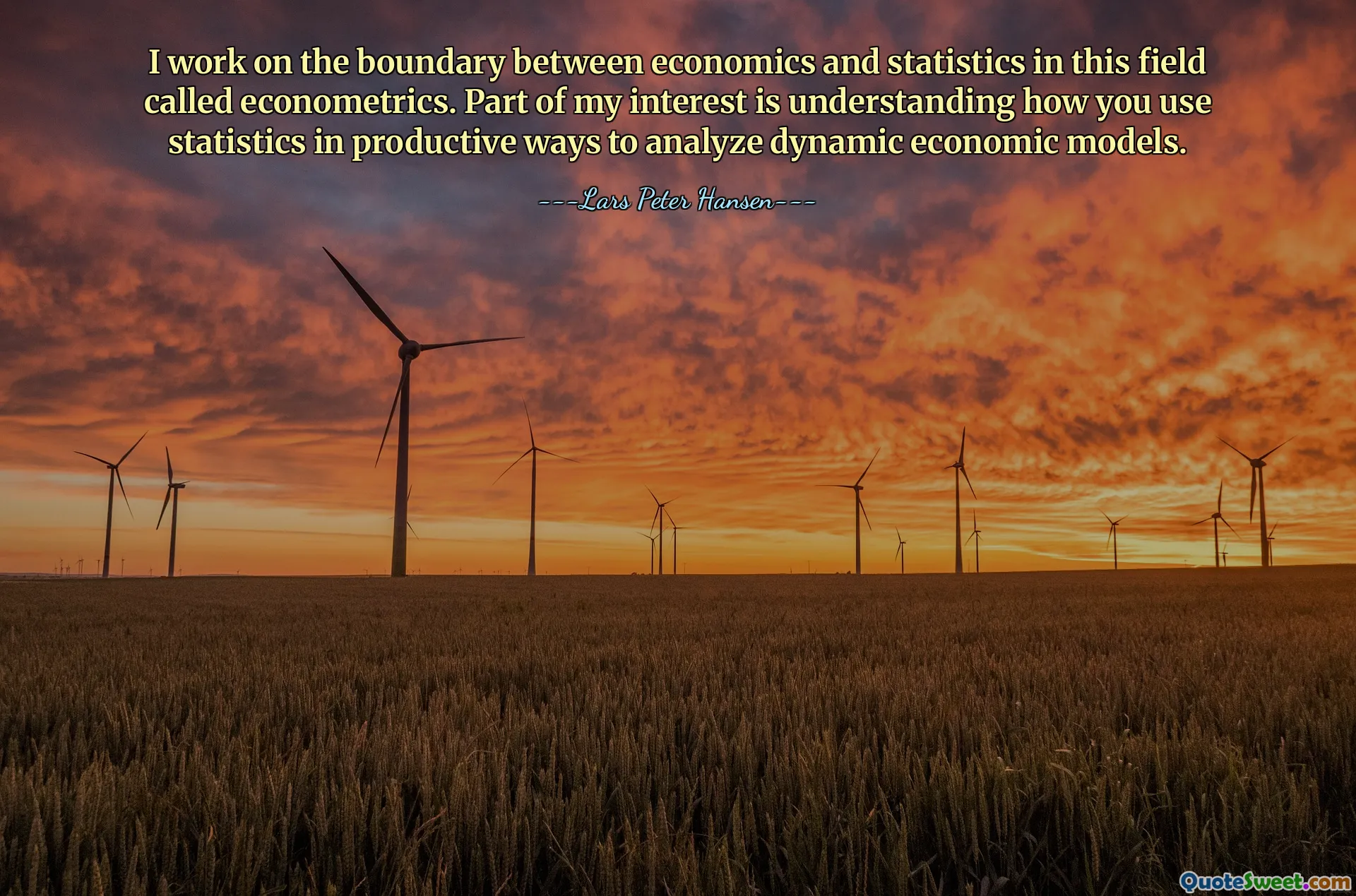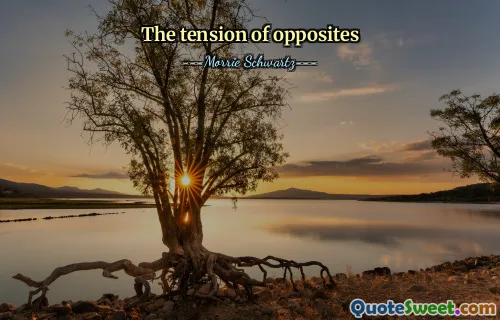
I work on the boundary between economics and statistics in this field called econometrics. Part of my interest is understanding how you use statistics in productive ways to analyze dynamic economic models.
This quote highlights a fascinating intersection between two rigorous disciplines—economics and statistics—brought together through econometrics. It underscores the importance of leveraging statistical methods not just as abstract tools but as practical mechanisms to make sense of complex, ever-changing economic behaviors. What resonates strongly here is the emphasis on using statistics productively to analyze dynamic models, which reflects a commitment to not only theory but also real-world applicability and validation. This approach is crucial since economic systems are inherently dynamic and influenced by a multitude of variables changing over time. Employing econometrics enables economists to move beyond static assumptions and to capture the evolution of economic phenomena with greater precision and nuance. Furthermore, the boundary nature of the work speaks to the growing need for interdisciplinary expertise that blends quantitative rigor with economic intuition. It is a reminder that complex problems often demand hybrid solutions drawing from multiple domains. Ultimately, this quote elevates the role of econometrics as a vital bridge, enhancing our understanding and predictive capacities regarding economic dynamics, thus offering valuable insights for policymaking, forecasting, and economic theory development. Such statements inspire an appreciation for the careful craftsmanship involved in melding mathematics, statistics, and economics in ways that can profoundly impact how we interpret and shape the economy.






